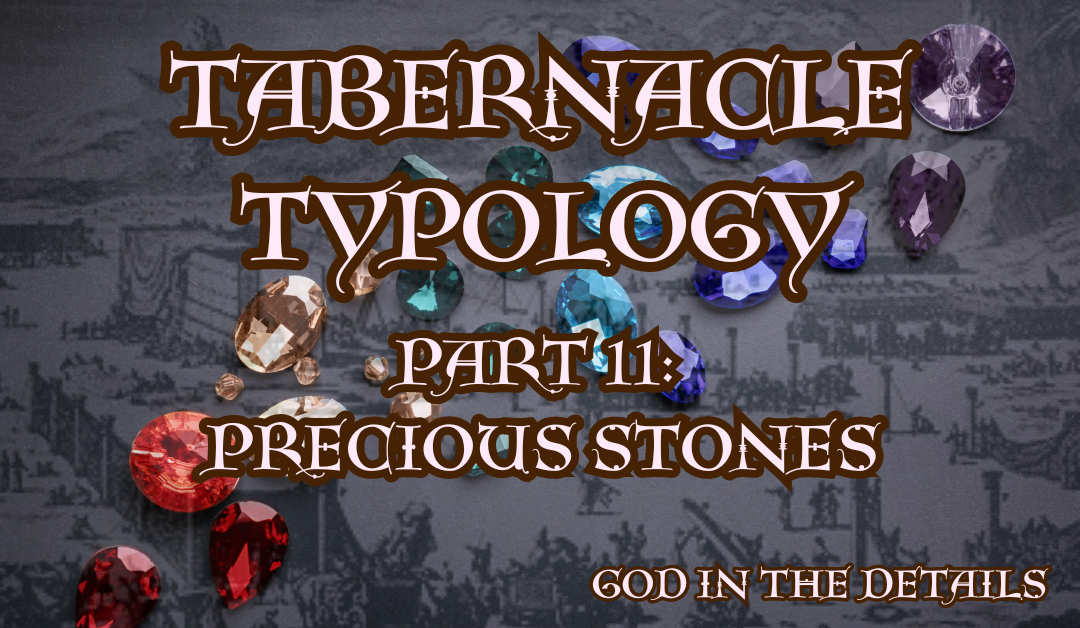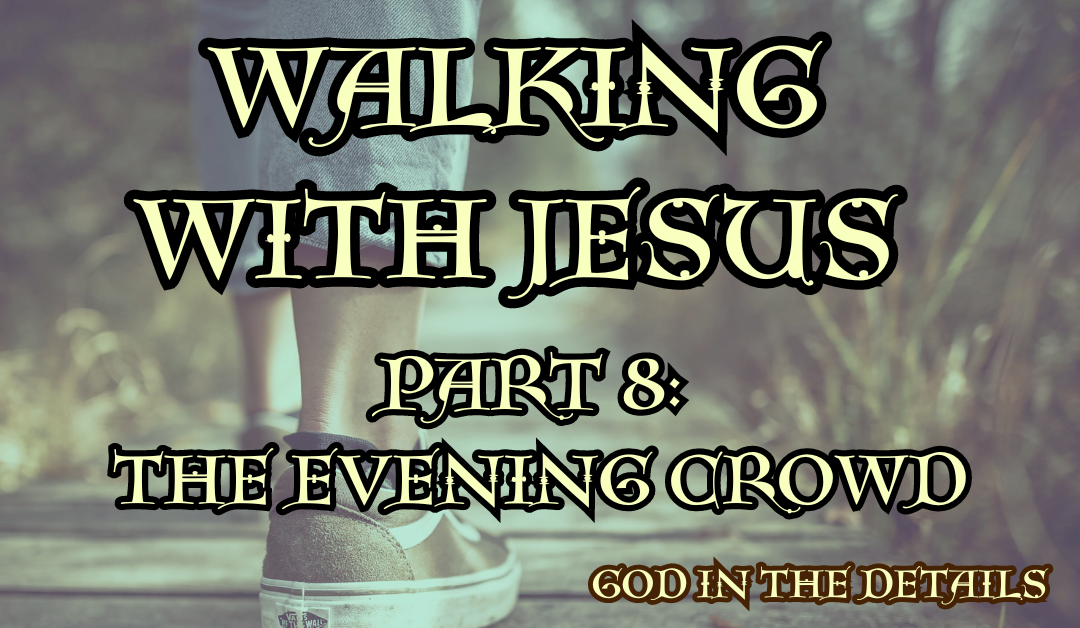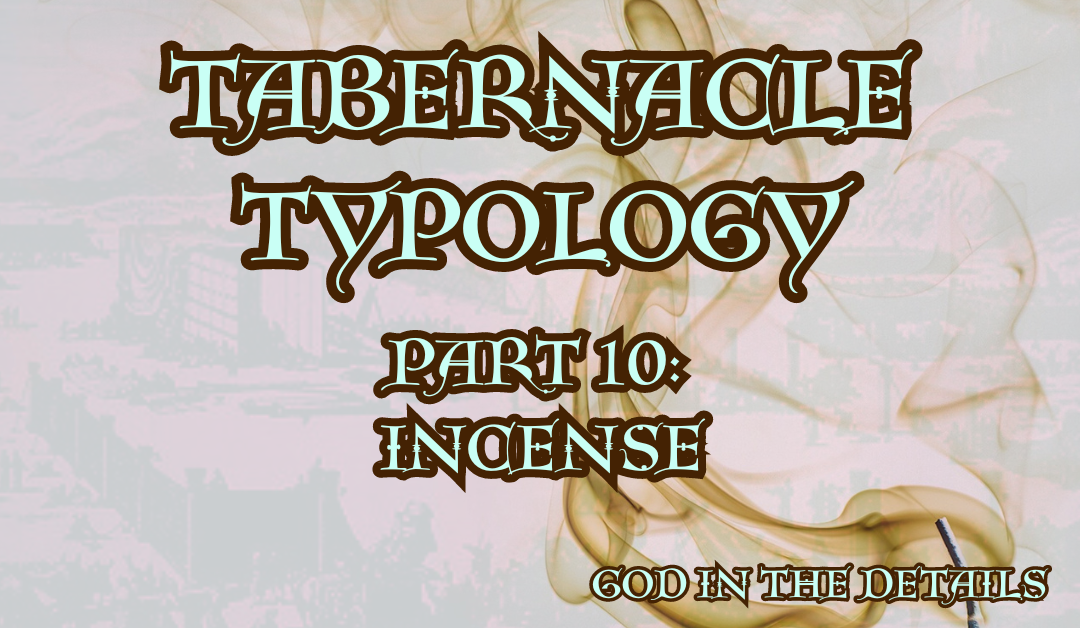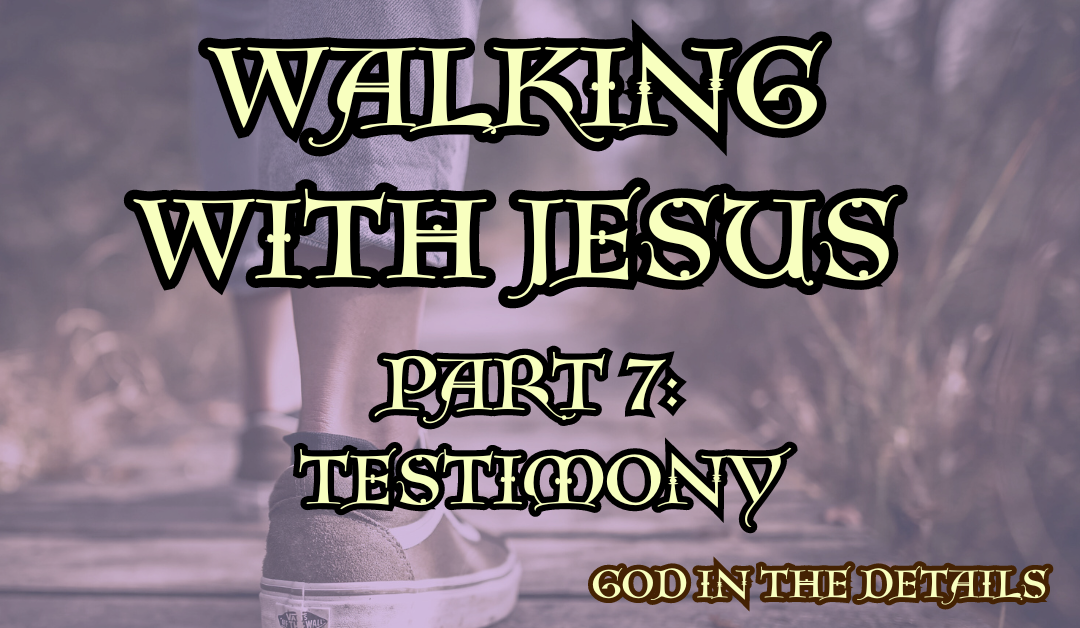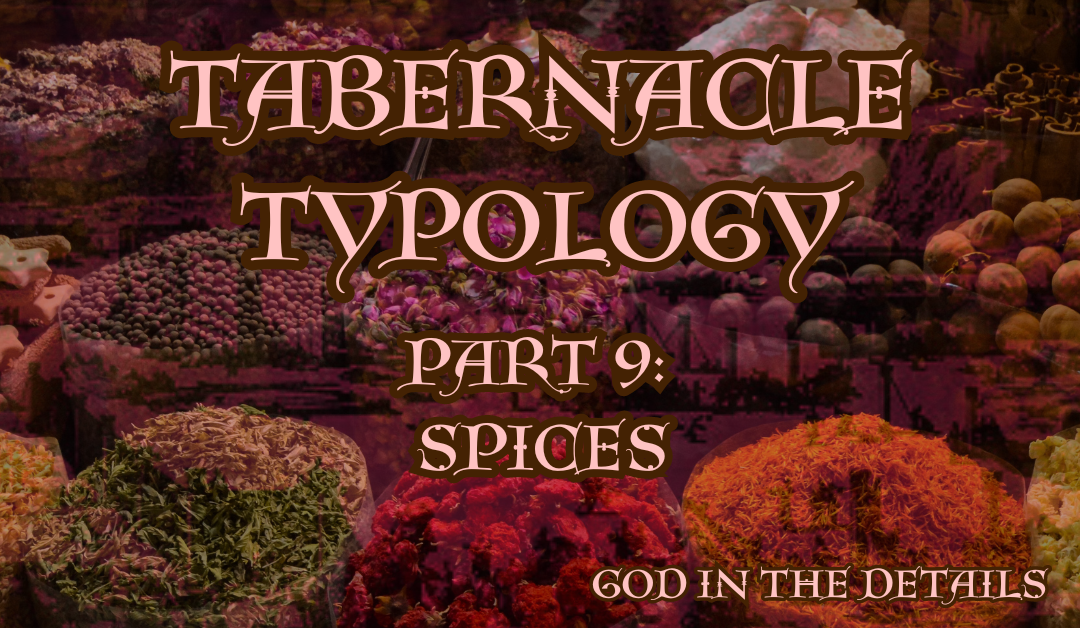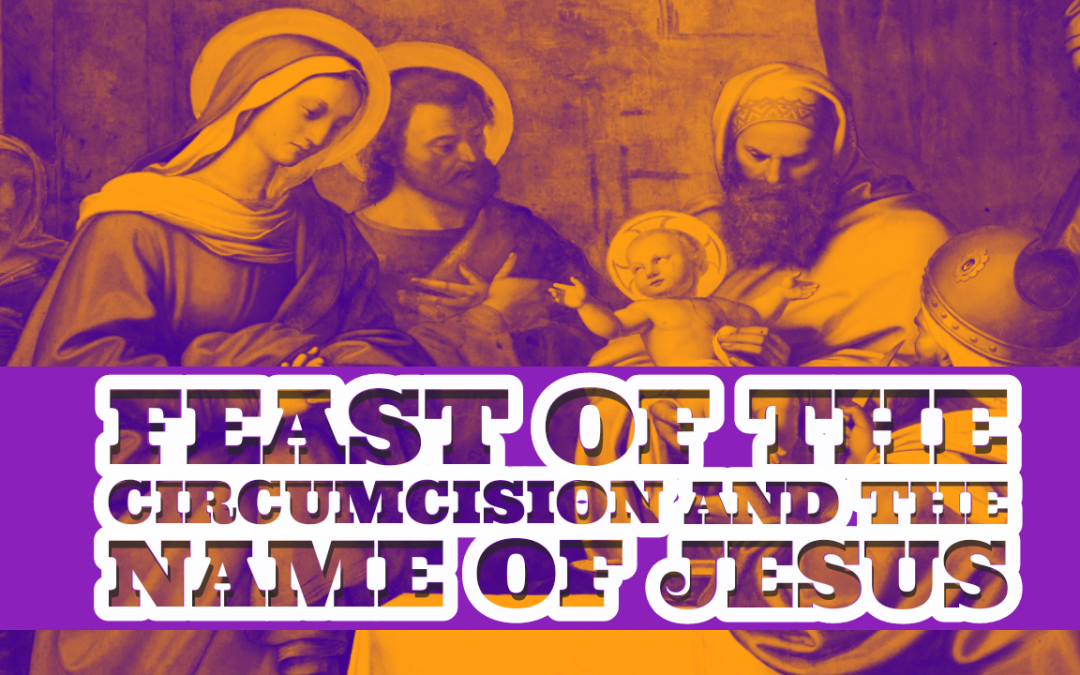
The Feast of the Circumcision and Name of Jesus
lLuke 2:21 CSB
When the eight days were completed for his circumcision, he was named Jesus—the name given by the angel before he was conceived.
The Feast of the Holy Name, often celebrated as a part of the Feast of the Circumcision of Christ, is celebrated on varying dates in January.
In holding with my own Protestant roots, we will be using the Lutheran Liturgical Calendar which celebrates this special occasion on the 1st of January every year.
The Bible tells us that eight days after His birth, in holding with Jewish tradition, our Lord was circumcised and given the Name of Jesus – the Name given by an angel unto Mary before He was conceived.
According to the Catholic Encyclopedia: “It is the central feast of all the mysteries of Christ the Redeemer; it unites all the other feasts of the Lord, as a burning glass focuses the rays of the sun in one point, to show what Jesus is to us, what He has done, is doing, and will do for mankind.” (Holweck, F. (1910). Feast of the Holy Name. In The Catholic Encyclopedia. New York: Robert Appleton Company.)
I like the idea of celebrating this Holy Day on the first day of the New Year – being mindful of the Name given to Christ on the day of His circumcision. I like the idea of taking a moment – making a day – out of thinking about the beauty and the power of the Name given to us – the Name Above Every Name!
The Name of Jesus literally means “God Saves” – this is the purpose of Christ come – He is very much the Right Arm of the Lord stretched out to pull us out of the misery and torment of our fallen state.
He is the Name Above Every Name, the Name above every situation – bigger than all our problems, our sin, shame and circumstances. His Name is higher than our sickness, stronger than the chains that hold us back – His Name is beautiful. His Name is powerful. His Name if wonderful.
The Name of Jesus is peace. His Name is comfort. His Name is healing. His Name is deliverance. His Name is compassion. His Name is love – the Great Love that reconciles us with God.
The other half of this feast – The Feast of the Circumcision and Name of Jesus – is of course centered on His circumcision.
It is, by all accounts, the first time that Jesus shed His blood for us – perhaps not to reconcile us to God, perhaps not for the remittance of sin – but rather to confirm that God Himself stepped down from His exalted throne to meet us in the form of helpless babe. It confirms the humanity of Christ.
It also represents, not only His obedience, but also His fulfillment of the Law – and of the covenant that God made with Abraham.
Colossians 2:9–15 CSB
For the entire fullness of God’s nature dwells bodily in Christ, and you have been filled by him, who is the head over every ruler and authority. You were also circumcised in him with a circumcision not done with hands, by putting off the body of flesh, in the circumcision of Christ, when you were buried with him in baptism, in which you were also raised with him through faith in the working of God, who raised him from the dead. And when you were dead in trespasses and in the uncircumcision of your flesh, he made you alive with him and forgave us all our trespasses. He erased the certificate of debt, with its obligations, that was against us and opposed to us, and has taken it away by nailing it to the cross. He disarmed the rulers and authorities and disgraced them publicly; he triumphed over them in him.
There is a beautiful mystery in His circumcision. His flesh was circumcised so that those who would call upon the Holy Name and follow His commands would not be lost to eternal damnation, but resurrected with Him – His law written upon their hearts and circumcised through the baptism and indwelling of His Spirit.
His flesh was circumcised so that our hearts may be cut with the New Covenant in His Name.
So, let us take this day, the start of the New Year, and circumcise our hearts – let us cut away every distraction, every hindrance, every obstacle – let us repent, by putting off the body of flesh and its desires, and set our eyes upon the King set in Zion.
Let us call on the Holy Name today, let us turn our eyes afresh upon Jesus . Let us go into this New Year with His Name upon our lips and His mark upon our hearts – and let this New Year be a testimony of His goodness, His grace, His Mercy and His love for all the world to see.
Something to think about:
What practical steps can we take to ‘circumcise our hearts’ as we enter the New Year? What are some distractions or hindrances you need to cut away in your life to focus more on Christ?
Something to do:
Special occasions such as this are a great opportunity for us to think about Jesus, who He is and what He has done – but we need to cultivate a lifestyle of mindfully and intentionally pursuing Christ. Perhaps, in an effort to cultivate this mindfulness, you might create a ‘Jesus Centre’ in your home – a small space with your favourite Bible, some devotional books and a journal where you can spend time in prayer, study and reflection. You can make a point of setting weekly, or even daily reminders to visit this space, switching off your phone and spending time with Him – even if it is just for five minutes. It will not only help you cultivate an attitude of mindful and intentional seeking – it will change your life!

